Lifespan Neurorehabilitation A Patient Centered Approach from Examination to Interventions and Outcomes 1st Edition Fell Lunnen Rauk Test Bank Sections
Section I: CLINICAL DECISION MAKING FOR PATIENT-CENTERED CARE
1. Foundations for Making Clinical Decisions in Neuromuscular Rehabilitation
2. Making Clinical Decisions: A Path to Optimal Therapeutic Plan and Outcomes –
Section II: EXAMINATION AND EVALUATION IN NEUROMUSCULAR DISORDERS
3. The Neurological Examination and Evaluation: An Overview –
4. Screening of Attention, Cognition, Perception and Communication
5. Examination of Sensory System –
6. Examination and Evaluation of Neuromotor Systems
7. Examination and Evaluation of Cranial Nerves –
8. Examination and Evaluation of Vestibular Function –
9. Examination of Balance and Equilibrium
10. Examination and Evaluation of Functional Status and Movement Patterns
11. Examination and Evaluation of Cardiovascular/Pulmonary Systems in Neuromuscluar Disorders
12. Diagnostic Testing in Neurology: Lab Tests, Imaging, and Nerve/Muscle Studies With Implications for Therapists
13. Development of Neuromotor Skills: Lifespan Approach
Section III: GENERAL THERAPEUTIC INTERVENTION IN NEUROMUSCULAR DISORDERS
14. Concepts and Principles of Neurological Rehabilitation
15. General Approaches in Neurological Rehabilitation
16. Health Promotion and Wellness Prevention in Neurology
17. Assistive Technology in Intervention: Focus on Wheelchairs, Assistive Devices and Orthoses
Section IV: SPECIFIC THERAPEUTIC INTERVENTION FOR IMPAIRMENTS OF BODY STRUCTURE/BODY FUNCTION
18. Therapeutic Intervention for Flaccidity and Hypotonia
19. Intervention Related to Hypertonia: Spastic and Rigid –
20. Intervention for Involuntary Contractions and Movement –
21. Intervention for Ataxia / Incoordination
22. Interventions for Weakness in Neuromotor Disorders
23. Intervention for Limited Passive Range of Motion
24. Therapeutic Intervention for Impaired Motor Control-Stability
25. Intervention for Impaired Movement Control -– Movement
26. Therapeutic Interventions for Complete Paralysis
27. Intervention for Sensory Impairment
28. Intervention for Chronic Pain
29. Intervention for Vestibular Impairment
30. Interventions forof Balance Impairment –
31. Overcoming Challenges of Impaired Perception, Cognition, and Communication Problems of( Aphasia or Dysarthria)
32. Intervention s for Cardiovascular and Pulmonary Impairments in Neurologic Populations
Section V: SPECIFIC FUNCTIONAL INTERVENTION TO IMPROVE ACTIVITY/ PARTICIPATION
33. Functional Activity Intervention in : Upper Extremity Tasks
34. Functional Activities Activity Intervention in Horizontal (Bed Mobility to Quadruped Skills)
35. Functional Activity Interventionies in Sitting
36. Functional Interventions in : Sit- to- Stand, Stand- to- Sit, and Standing
37. Functional Activity Intervention in : Upright Mobility

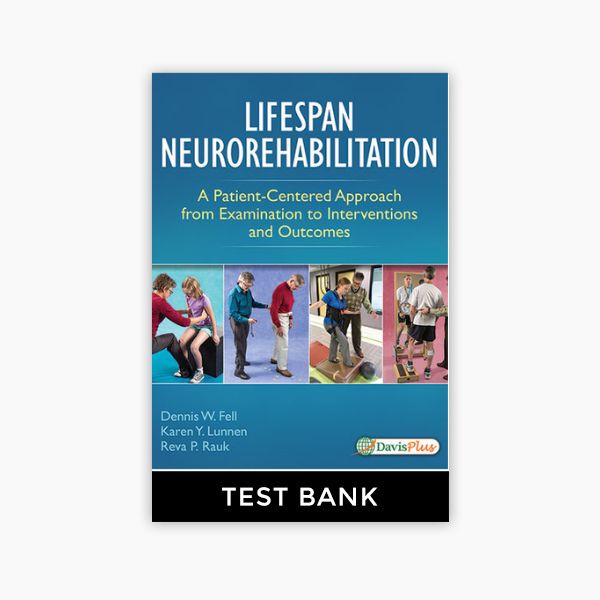




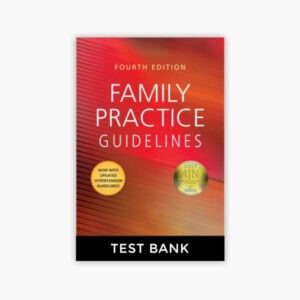
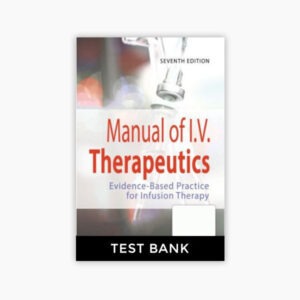
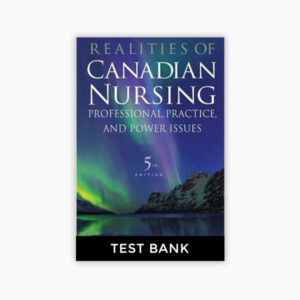
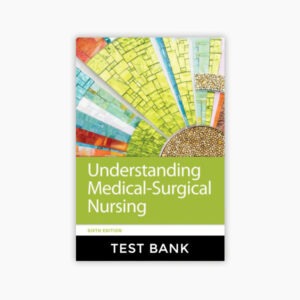

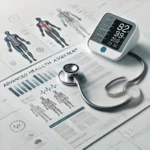
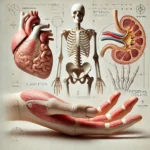




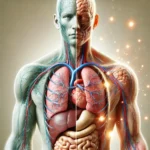


Reviews
There are no reviews yet.